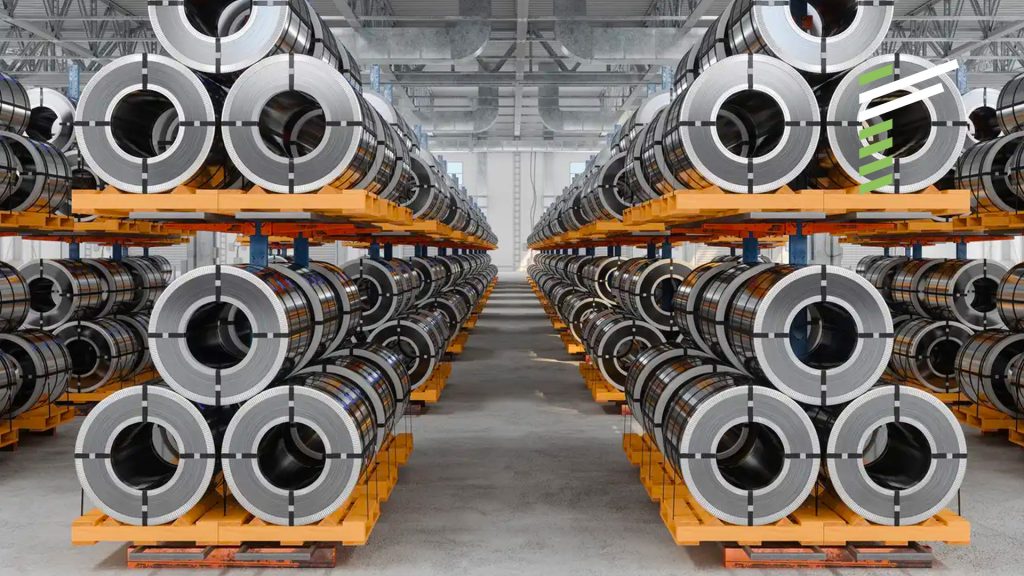At a Glance
- The global steel industry is expected to grow significantly, with demand reaching 1,849.1 mil tonnes by 2024.
- Steel manufacturers need to improve operational efficiency to meet this growing demand and a strategic starting point is to prioritise throughput improvement.
- Operational efficiency is not the same as operational excellence; the latter is a broader and more strategic approach to organisational improvement.
The global steel industry is poised for significant growth, with steel demand forecast to reach 1,849.1 million tonnes by 2024. This surge in demand extends beyond the developed economies, as emerging and developing nations, particularly in Asia (excluding China), are expected to prove resilient in the face of global economic uncertainties.
As the world becomes more dependent on steel for applications in construction, infrastructure, machinery, and automobiles, the onus on steel manufacturers to improve their operational excellence increases.
The importance of the global steel industry
Steel, a cornerstone of modern industrial development, has been the driving force behind expansion and progress in various sectors. Its versatility, unmatched by any other material, makes it indispensable in almost every facet of our daily lives.
From the homes we live in to the medical equipment that saves lives, steel is the foundation of our roads, critical infrastructure, and other essential structures. Its prominent applications range from construction, and infrastructure development to the manufacture of mechanical equipment, and automotive components.
With steel demand projected to increase by 30% by 2050, driven primarily by the needs of developing economies in India, Africa, and Southeast Asia, the steel industry must be well-equipped to meet this growing demand. Operational efficiency is a critical factor in this context.
Approaches to growing operational efficiency
To meet the growing global demand for steel, manufacturers need to focus their efforts on improving operational efficiency. A strategic starting point for industry players is to prioritise throughput improvement. In addition to improving operational efficiency, this approach offers additional advantages, notably increased profitability.
Achieving throughput improvement involves the fundamental steps of identifying opportunities through a comprehensive analysis of your organisation, designing solutions to bridge existing gaps, implementing the necessary changes, and ensuring the sustainability of these changes. Here are three areas of focus to begin this process:
1. Production
To optimise production efficiency, conduct a comprehensive capacity mapping exercise. This analysis will identify bottlenecks and under-utilised resources, enabling informed decisions about production planning and system installation. By maximising capacity utilisation, manufacturers can cut production costs, boost production or energy efficiency, and improve overall production management.
2. Maintenance
Effective maintenance practices minimise equipment downtime. Select the maintenance practices, that best suit your organisation. Design and implement a spare parts management system to improve spare parts availability. Analyse existing process improvements to enhance overall equipment health.
3. Planning and Quality Control
Improve coordination between departments and implement an effective planning mechanism that covers the entire process from order entry to product shipment. Refine inventory management and implement rigorous quality control measures, Track key performance indicators (KPIs) such as inventory days for different product lines and raw material quality standards.
Achieving operational efficiency and excellence with expert help
Operational efficiency is not the same as operational excellence; the latter is a broader and more strategic approach to organisational improvement. While both concepts aim to improve performance, operational excellence involves a cultural and strategic transformation that goes beyond efficiency gains.
These closely related concepts are critical for achieving business success. If your organisation and team have tried but struggled to improve operational efficiency or implement operational excellence initiatives, it is advisable to seek guidance from experienced professionals who possess in-depth knowledge and practical experience.
By engaging an external consultancy such as Renoir, we can analyse your organisation and current processes, to understand the current situation and build a practical programme to implement solutions that will last.
Our expertise in change management ensures that these new approaches are quickly adopted within your organisation, fostering a culture of effective and sustainable working practices.
Connect with us
Accelerate excellence in your operations now.










